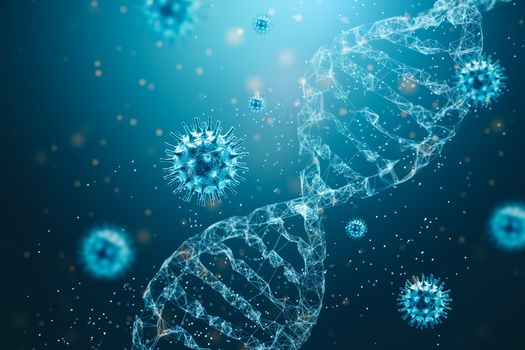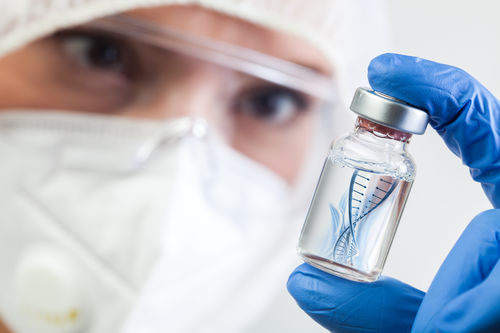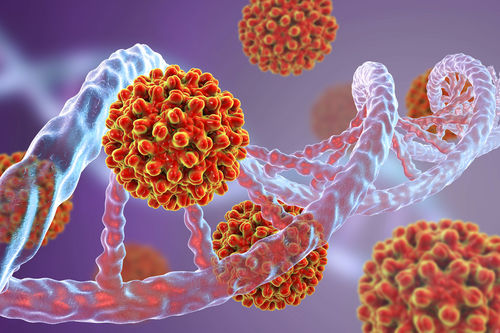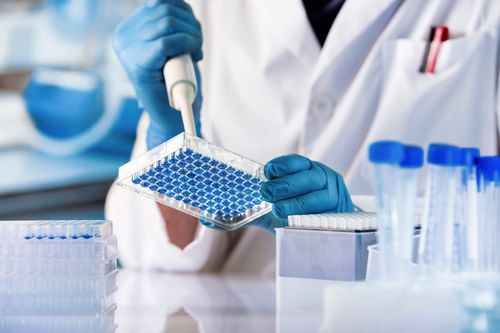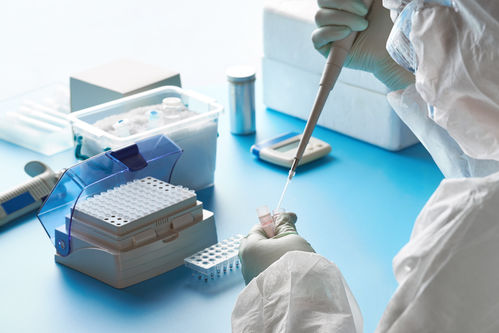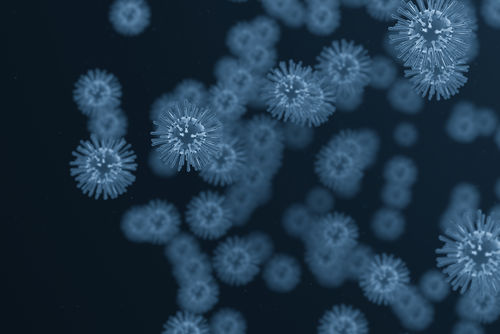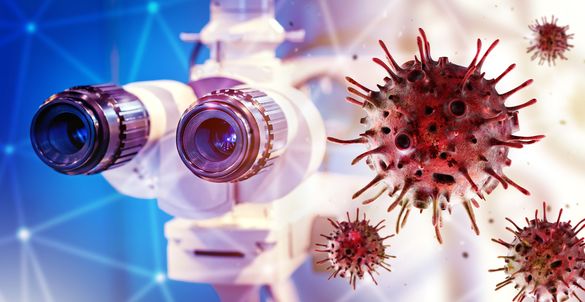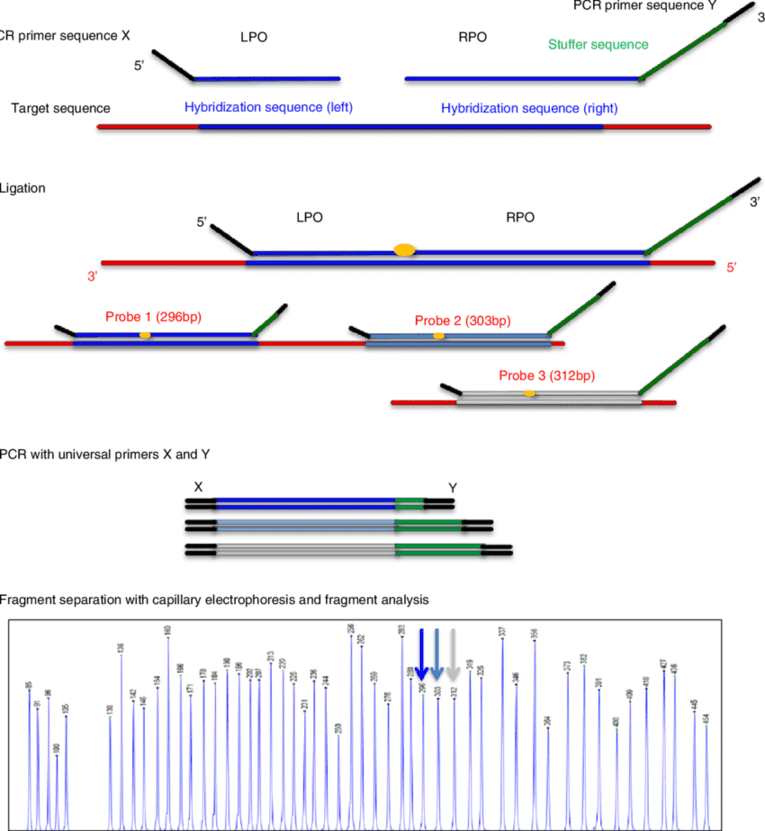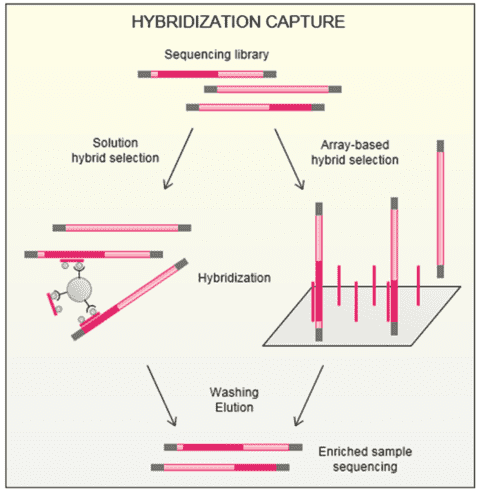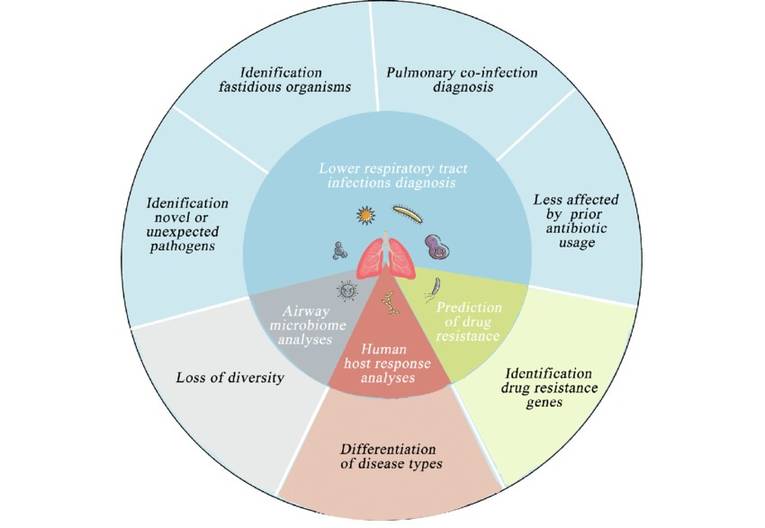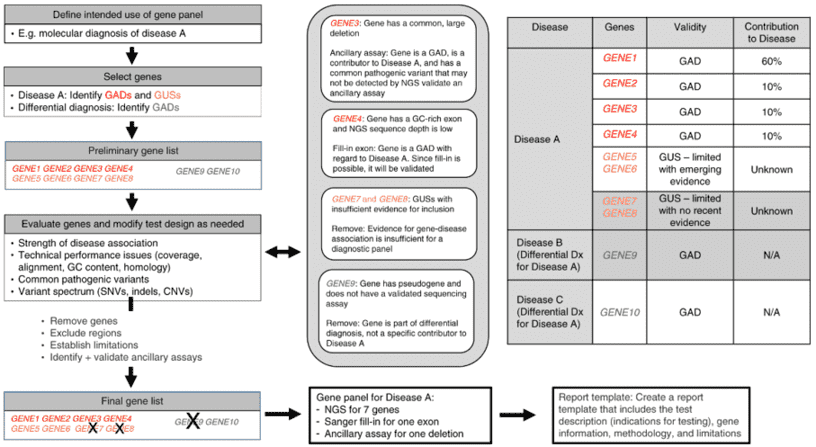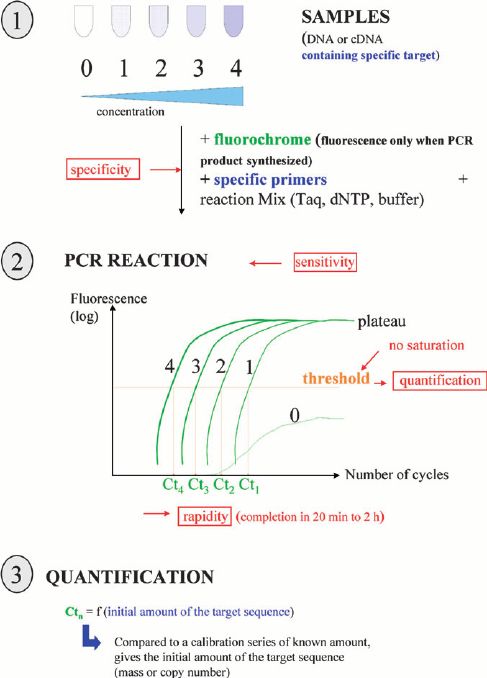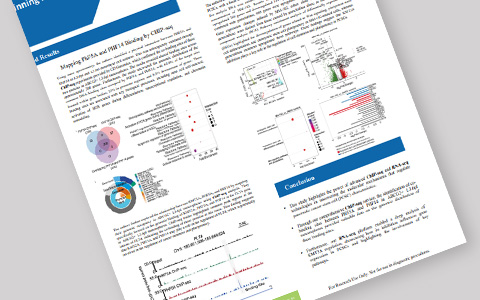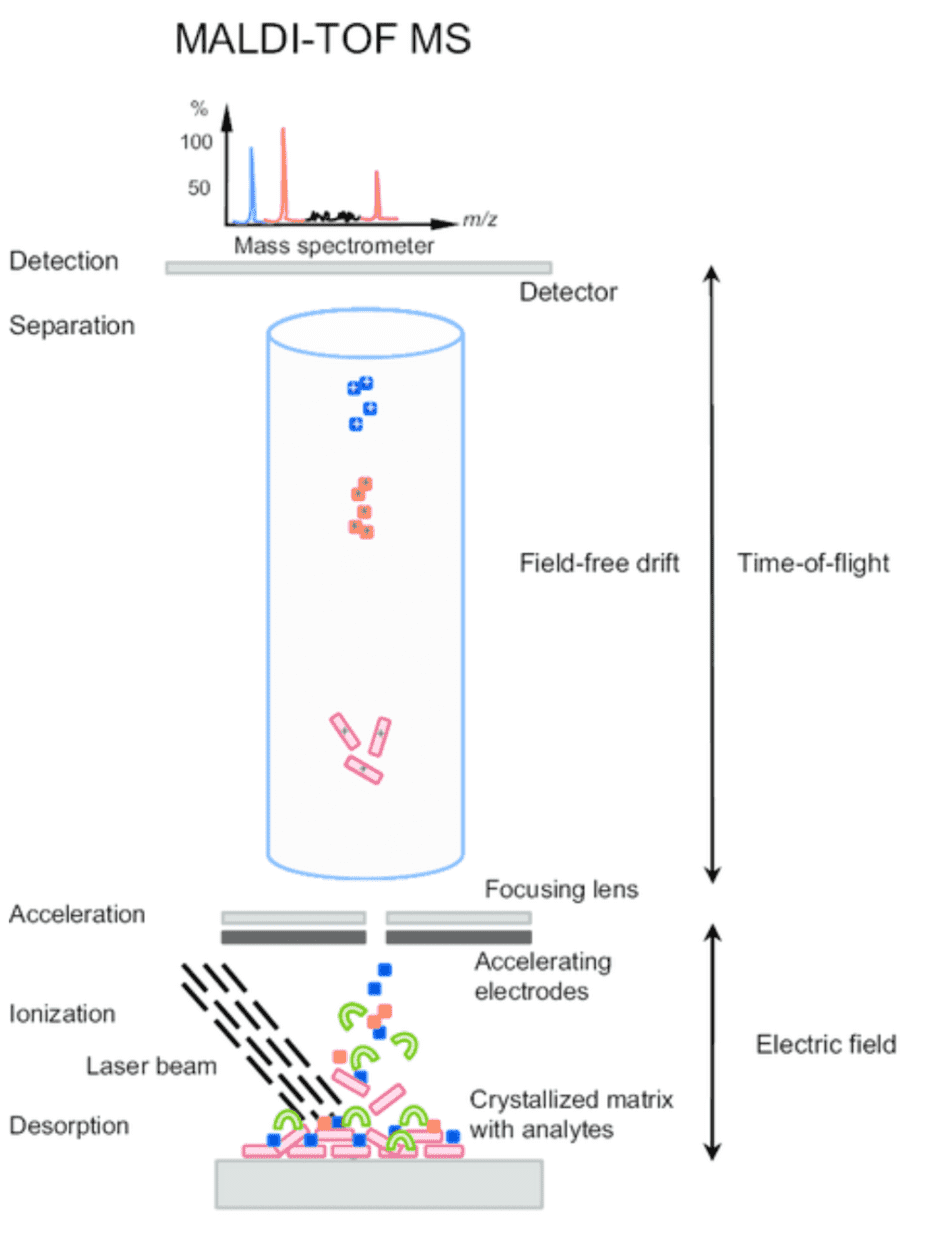Custom Maturity-Onset Diabetes of the Young (MODY) Panel

What is maturity-onset diabetes of the young?
Maturity-Onset Diabetes of the Young (MODY), which is an intermediate transition type of diabetes disease spectrum, is a chronic hyperglycemia syndrome characterized by defects in insulin secretion. The insulin deficiency is between type 1 and type 2 diabetes. The clinical manifestations of MODY have some characteristics of both, so it is classified as special type diabetes. MODY is a diabetes caused by a single gene mutation, which lead to genetic defects in islet β-cell function. It has early onset and autosomal dominant inheritance. MODY contains at least 6 subtypes, each of which has different clinical phenotypes, mainly characterized by hyperglycemia, polyuria and polydipsia, microvascular complications, macrovascular complications and other common symptoms of diabetes.
Description of disease-related genes
Hepatocyte Nuclear Factor 4a (HNF4A), a transcription factor located on chromosome 20q, has a genetic mutation that loses its function and leads to MODY1. This type of diabetes has obvious clinical symptoms, and the age of onset is later, but the condition is aggravated with age, often accompanied by abnormal lipid metabolism and blood vessel complication. MODY2 is caused by a mutation in the glucokinase gene (GCK) located on chromosome 7p. This type of diabetes affects embryonic development and causes neonatal underweight, but the clinical symptoms are mild and the complications are less. MODY3 is caused by the mutation in the transcription factor Hepatocyte Nuclear Factor 1a (HNF1A) located on chromosome 12q. This type of diabetes is the most common type in European descent. HNF1a can alter expressions of other genes in different tissues (liver, kidney and pancreas), which is easy to lead to complications such as diabetic retinopathy and diabetic nephropathy. Insulin Promoter Factor 1 (IPF1) / Pancreatic and Duodenal Homeobox 1 (PDX1) gene mutations in chromosome 13q lead to MODY4, a gene that regulates early pancreatic development and β cell-specific genes, and leads to insulin gene expression disorders. This type of diabetes has a late onset of symptoms and has fewer clinical complications. MODY5 is less common and is caused by a mutation in the Hepatocyte Nuclear Factor 1β (HNF1B) gene which is located on chromosome 12q. It exhibits varied degrees of hyperglycemia and has unique clinical features including pancreatic atrophy and kidney disease. MODY6, whose severity is often accompanied by complications, is very rare and only five families have been diagnosed so far. MODY6 is caused by a mutation in the Neuronal Differentiation 1 (NEUROD1) gene of chromosome 2q. In addition to the above six MODY subtypes, mutations in other genes such as PAX4, INS, KCNJ11 and ABCC8 can also lead to the occurrence of MODY, and are named MODY7, MODY8 and so on.
To better understand these genetic mutations and the production of MODY, our platform provides a comprehensive and accurate custom MODY panel through DNA sequencing by the Illumina MiSeq or Ion PGM system, from which you can select genes to detect MODY.
Custom MODY Panel is provided but are not limited to:
-
DNA sequencing by the IlluminaMiSeq or Ion PGM system makes our detection fast, sensitive and reliable.
-
Rigorous experimental operation and quality control ensure the repeatability and accuracy of the sequencing results.
-
Develop your own MODY panel to fully fit your research direction and save on experiment costs.
-
Professional researchers update the customized panel content in real time and keep up with the cutting edge of scientific research.
-
Professional analysts analyze the results of the experiment and submit comprehensive and effective experimental reports.
Choose the genes that suit you from the MODY gene list
| ABCC8 |
AKT2 |
APPL1 |
BLK |
| CEL |
GCK |
GLUD1 |
HADH |
| HNF1A |
HNF1B |
HNF4A |
INS |
| INSR |
IPF1 |
KCNJ11 |
KLF11 |
| NEUROD1 |
NKX2-2 |
PAX4 |
PDX1(IPF4) |
| PPM1D |
PTF1A |
RFX6 |
ZFP57 |
Specimen requirements for our custom MODY panels
- Specimen: whole blood, saliva or extracted DNA (not FFPE-compatible).
- Volume: 2-10 mL whole blood, 2 mL saliva or min. 8 μg DNA.
- Collection: blood is collected by routine blood collection and saliva is collected by spitting into the provided saliva container kit. DNA samples are stored in TE buffer or equivalent.
- Container: lavender-top (EDTA) tube or yellow-top (ACD) tube.
Gene panel workflow

For more information about the Custom MODY Panel or need other amplification requirements, please contact us.
References:
- Fajans S S, et al. Maturity onset diabetes of the young (MODY). Diabetic Medicine, 2010,5(7):579-606.
- Shepherd M, et al. Genetic testing in maturity onset diabetes of the young (MODY): a new challenge for the diabetic clinic. Practical Diabetes, 2010, 18(1):16-21.
- Gardner D, et al. Clinical features and treatment of maturity onset diabetes of the young (MODY). Diabetes, Metabolic Syndrome and Obesity: Targets and Therapy, 2012:101.
- Velho G, et al. Maturity-Onset Diabetes of the Young (MODY): Genetic and Clinical Characteristics. Hormone Research, 2002, 57(1):29-33.
- Shaw J, et al. Maturity Onset Diabetes of the Young (MODY). Der Diabetologe, 2006, 8(8):659-659.
* For research purposes only, not intended for clinical diagnosis, treatment, or individual health assessments.
Related Services
Related Products
Related Resources


